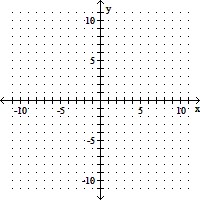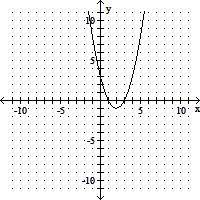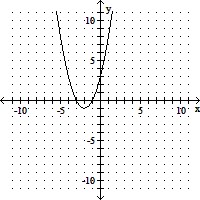Provide an appropriate response.Find angle C. Round to the nearest 0.1°. 
A. 144.3°
B. 39.7°
C. 116.4°
D. 27.9°
Answer: D
You might also like to view...
Let A = {0, 2, 4, 6, 8, 10}, B = {0, 3, 6, 9}, C = {0, 1, 2, 3, 4, 5, 6, 7, 8, 9, 10}, and D = {0, 4, 8}. Determine if the statement is true or false.D ? D
A. True B. False
Graph the quadratic function. Determine the vertex, find the equation of the axis of symmetry, find any x- and y-intercepts, and state the domain and range in interval notation.f(x) = -x2 - 4x - 3
A. vertex: (2, 1)
axis of symmetry: x = 2
x-intercepts: 1 and 3; y-intercept: -3
domain: (-?, ?); range: (-?, 1]
B. vertex: (-2, 1)
axis of symmetry: x = -2
x-intercepts: -1 and - 3; y-intercept: -3
domain: (-?, ?); range: (-?, 1]
C. vertex: (2, -1)
axis of symmetry: x = 2
x-intercepts: 1 and 3; y-intercept: 3
domain: (-?, ?); range: [-1, ?)
D. vertex: (-2, -1)
axis of symmetry: x = -2
x-intercepts: -1 and - 3; y-intercept: 3
domain: (-?, ?); range: [-1, ?)
Find the surface area of the solid. Right rectangular prism a = 2 ft, b = 4 ft, c = 3 ft
a = 2 ft, b = 4 ft, c = 3 ft
A. 40 ft2 B. 52 ft2 C. 56 ft2 D. 26 ft2
Determine if the function f defined by the set of ordered pairs has an inverse. If so, find the inverse.{(16, 10), (7, 15), (-1, -3)}
A. No inverse B. {(10, 16), (-1, 7), (-3, 15)} C. {(10, 16), (15, 7), (-3, -1)} D. {(16, 15), (16, 7), (-3, -1)}